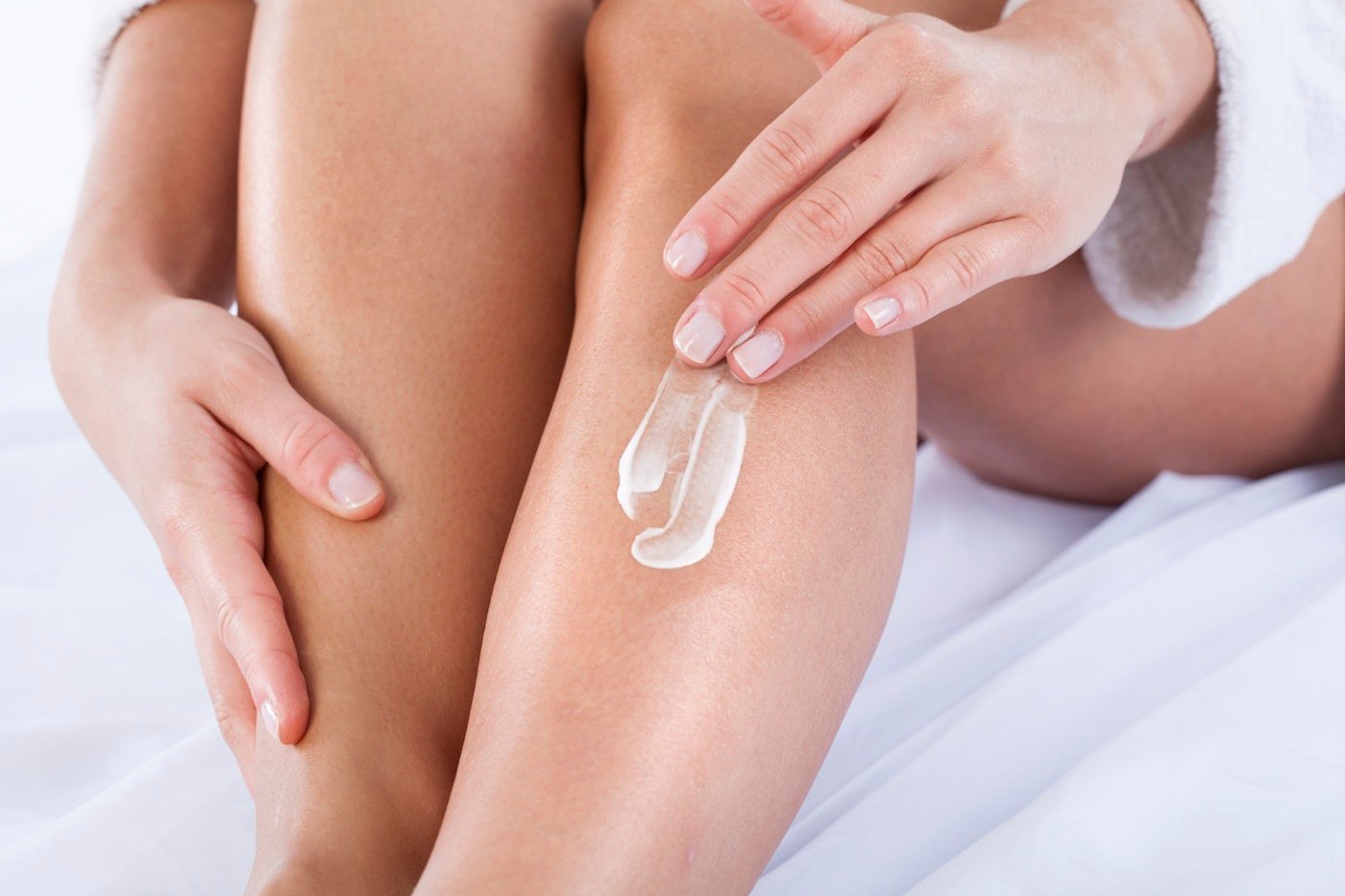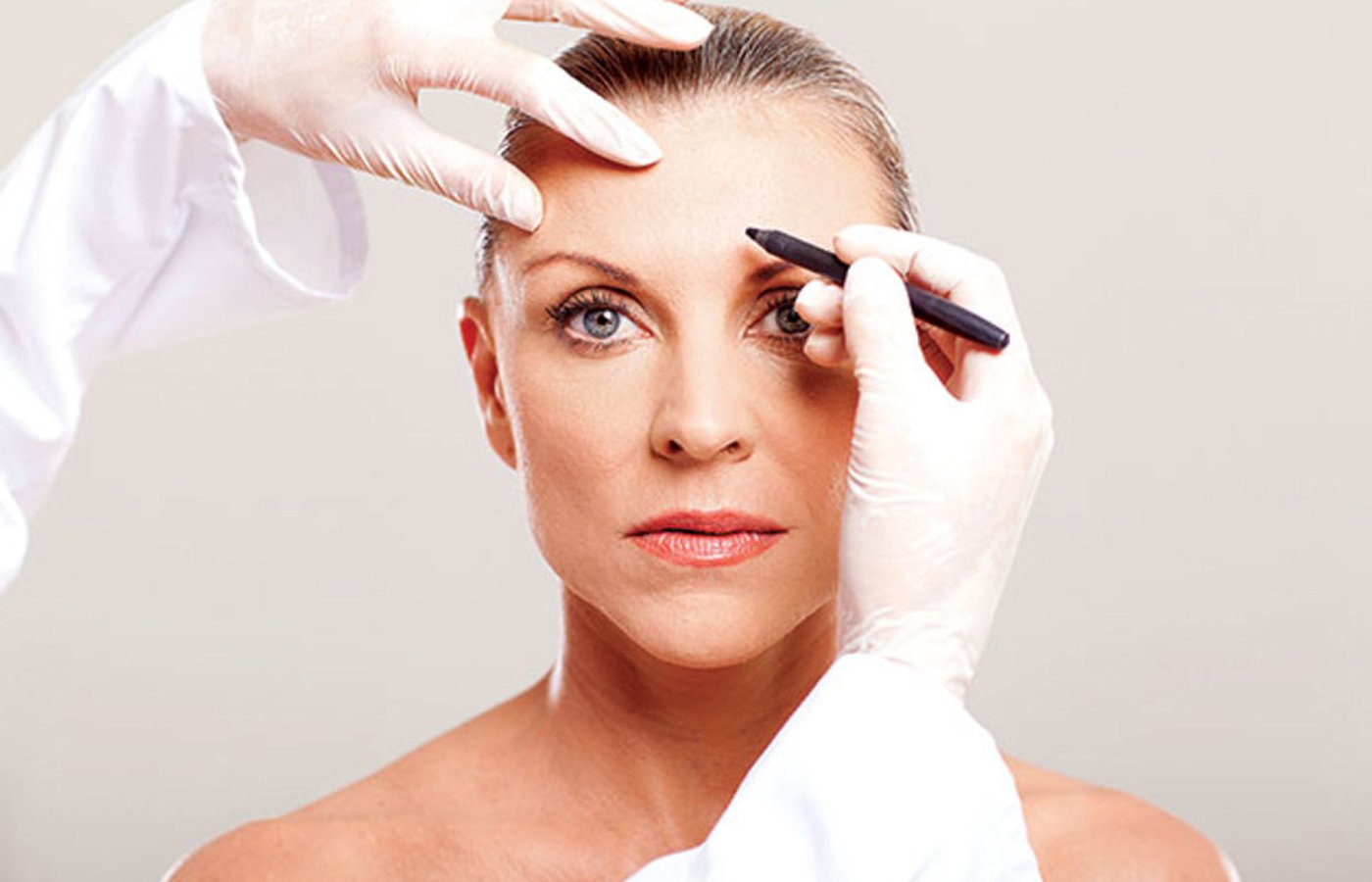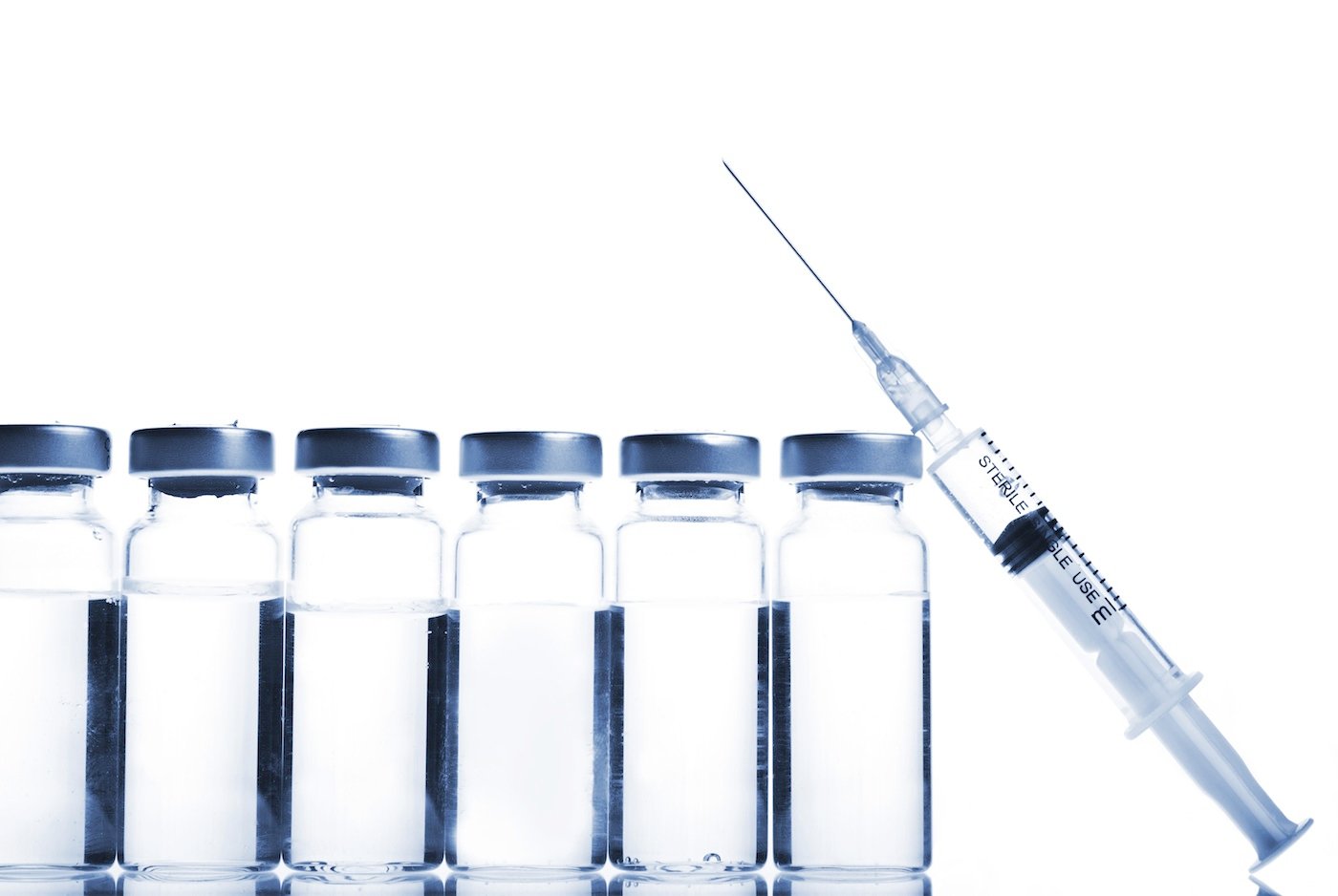“Winter is the most difficult time for skin,” says dermatologist Dr. Cheryl Bansal, medical director at Columbia Skin Center. That’s putting it mildly. Frigid temperatures can sap the moisture out of even the most radiant complexion. But no worries: Nourishing your winter skin—from head to toe—takes just a few tweaks of your routine. Here’s everything you need to know to leave cracked, flaking skin to the reptiles.
Reduce your retinoids
According to just about every dermatologist we’ve ever met, retinoic acid (a form of vitamin A found in prescription-strength products such as Retin A) is the gold standard in antiaging skin care. “Retinoids are a vital component, they can reverse sun damage and alter the physiology of the skin by making your cells behave like younger cells, stimulating collagen production and increasing cell turnover,” explains Dr. Tina West, dermatologist and founder of Chevy Chase’s West Institute.
But they can also leave skin vulnerable to irritation in cold, dry weather. You don’t have to give up retinoids altogether, but switch to three times a week, and ditch the Retin A for a gloss cream, which is less drying, says West. On days off, alternate with a peptide or growth-factor product at night. “A product with peptides boosts your collagen production without any of the drying effects,” says dermatologist Dr. Tina Alster of the Washington Institute of Dermatologic Laser Surgery.
Always wear sunscreen
Even those of us who are religious about applying sunblock during the summer months routinely forget to apply it in the winter. But UV rays are equally as strong—and damaging—all year long. Choose a sunscreen that’s at least 6 percent zinc oxide, as the zinc will act as a physical barrier against the sun, says West.
Don’t forget your driest spots
Elbows, knees, and heels don’t shed dead cells as efficiently as the rest of the body, causing them to look and feel thicker and rougher than other areas. A moisturizer that contains lactic acid (gentler than fruit acids like the alpha-hydroxies), such as AmLactin Moisturizing Body Lotion ($15), will soften dead cells, allowing buildup to be easily washed away.
Find a gentler, cream-based cleanser
Acid-based cleansers—like those with ingredients such as glycolic, salicylic, and alpha-hydroxy acids—are more ideal for the hotter, humid months, but they can be harsh this time of year, even for traditionally oily skin. Instead, cleanse with a creamy, moisturizing face wash, or foaming gel, whose main function is removing dirt and makeup, not depositing active ingredients, and it won’t strip the skin, says DC mom and cofounder of Toma Skin Therapies organic skin-care line, Tori Paide. Try Cetaphil Gentle Skin Cleanser ($9).
Lube your lips
Since lips are one of the first places to show damage like chapping and cracking. “People who lick their lips constantly get redness and irritation of the skin around their mouth too—lip licker’s dermatitis,” says Bansal. To keep lips supple, gently buff away flakes with a sugar-based scrub like Toma Skin Therapies Botanical Sugar Lip Polish. Keep a lip balm in every purse (and your desk drawer), and make sure to reapply when heading outside. Try Burt’s Bees Ultra Conditioning Lip Balm With Kokum Butter ($4) for a natural finish, or trade in your usual lipstick or gloss for a tinted balm like Maybelline Baby Lips ($3.99), which comes in several pretty sheer shades and provides SPF 20 protection.
Don’t get in hot water
As tempting as it is to jump into a steamy shower on a chilly day, keep in mind that hot water washes away the natural lipids that keep skin hydrated. Keep your shower as cool as you can, and use a mild cleanser that won’t overdry. If you prefer baths, add colloidal oatmeal, which is soothing and especially moisturizing for chapped, damaged skin. Don’t overlook other factors. “Women often get very dry lower legs from daily shaving,” says Bansal. “And after showering, they vigorously towel-dry, which hurts the skin’s protective barrier and can dry it out even more.”
Get speedy about slathering up
Skin cools itself through the evaporation of water molecules, and that process starts as soon as you get out of the shower. Since you only have a couple of minutes to lock in hydration, apply your moisturizer right after patting down. Instead of reaching for summer’s light lotions, choose a thicker cream with ingredients that create a barrier on the skin’s surface to preserve moisture. Look for shea butter, humectants (such as hyaluronic acid), and dimethicone, which is silicone-based, making it compatible with all skin types. Try DML Moisturizing Lotion ($15)—a must for dry skin no matter what your budget and skin condition, thanks to its ability to deeply hydrate and replenish without clogging pores or adding any fragrance (one of the biggest skin-irritation culprits).














